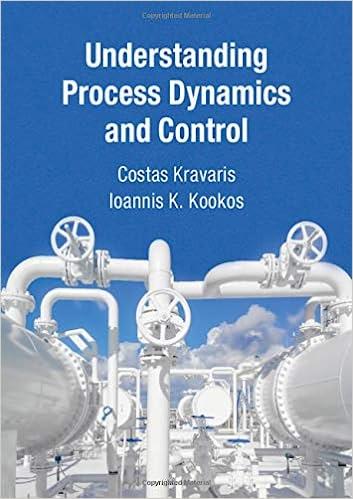Question
Consult the isothermal transformation diagram in Figure 10.22. Starting with austenite at TE, determine the phase(s) that result from each of the following procedures: (a)
Consult the isothermal transformation diagram in Figure 10.22. Starting with austenite at TE, determine the phase(s) that result from each of the following procedures: (a) Cool to 600 C within 1 s, hold for 100 seconds, and quench to room temperature. (b) Cool to 500 C within 1 s, hold for 100 seconds, and quench to room temperature. (c) Cool to 200 C within 1 s, hold for 100 seconds, and quench to room temperature. (d) Cool to 200 C within 1 s, heat back to 650 C for 1000 seconds, and quench to room temperature. (e) Cool at a constant rate such that 200 C is reached in 10 seconds, hold for 100 seconds, and quench to room temperature. (f) Cool at a constant rate such that 200 C is reached in 1000 seconds, hold for 100 seconds, and quench to room temperature
Step by Step Solution
There are 3 Steps involved in it
Step: 1

Get Instant Access to Expert-Tailored Solutions
See step-by-step solutions with expert insights and AI powered tools for academic success
Step: 2

Step: 3

Ace Your Homework with AI
Get the answers you need in no time with our AI-driven, step-by-step assistance
Get Started


